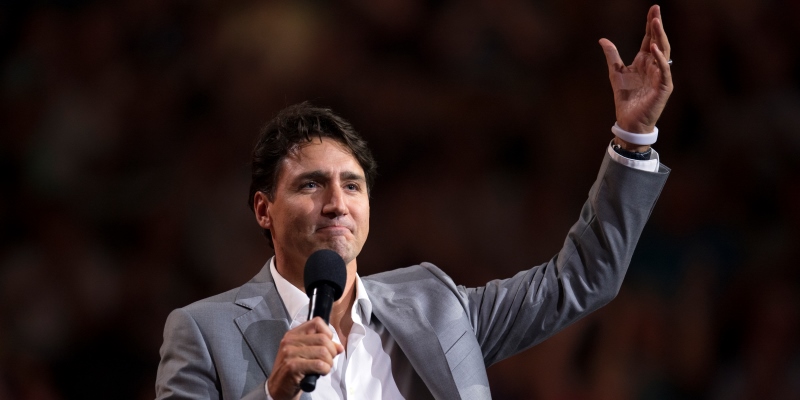Federal budget gives us more Ottawa when we needed less

On Thursday, Finance Minister Chrystia Freeland introduced her second federal budget since taking over the portfolio. This budget, along with the recent agreement between the Liberals and NDP, signalled that the Trudeau government will continue to expand its role in the Canadian economy, but has yet to outline an effective plan for economic growth.
Before COVID, Canada was already struggling with several economic challenges. From 2015 to 2019, the decline in business investment was widespread throughout the economy. And a majority of industries in Canada reduced investments in machinery, equipment and intellectual property products during that period. Moreover, Canada’s taxes on personal income and capital gains were higher than many of its OECD peers, which discouraged entrepreneurship, investment and savings. Weak private-sector job creation was another concern for the domestic economy.
Today, Budget 2022 includes plans for several new or expanded spending initiatives such as national daycare, national pharmacare, dental care and a host of other programs. Ottawa’s expanded role in the Canadian economy, financed primarily through borrowing, means politicians and bureaucrats will play a larger role in the decision-making about how best to allocate resources and diminish the role of entrepreneurs, businessowners and private-sector workers. This is a problem for multiple reasons.
For example, data suggest that the size of government that maximizes economic growth and social progress is roughly between 24 per cent and 32 per cent relative to the economy. Prior to the COVID recession, all government spending in Canada (as a share of the economy) exceeded 40 per cent. The budget’s new initiatives would increase that and move the country further and further away from the size of the government associated with the strongest economic growth and social progress. More government not only leads to higher taxes (either today or in the future) to pay for the new and expanded programs, but also lower rates of economic growth.
Economic growth is especially important because it’s the pathway to higher living standards for all Canadians. By allowing for the production of more goods and services over time, economic growth leads to increases in personal incomes and provides the potential for reducing poverty and economic inequality.
In the budget, the government forecasts annual real GDP growth (a common measure of economic growth) will average 2.2 per cent between 2023 and 2026, well below where Canada has been in past decades. For example, between 2001 and 2010, Canada experienced an average growth rate exceeding roughly 3 per cent annually.
While the finance minister reiterated the government’s commitment to grow the economy, Canada is still lacking an effective plan for the economy and this does not bode well for any well-meaning efforts to improve the quality of life for Canadians.
In Budget 2022, the Trudeau government’s economic plan appears to involve doubling down and expanding upon the policies enacted before COVID, then hoping for the best. In reality, however, the government seems poised to repeat past mistakes and dampen the Canadian economy rather than help it.

